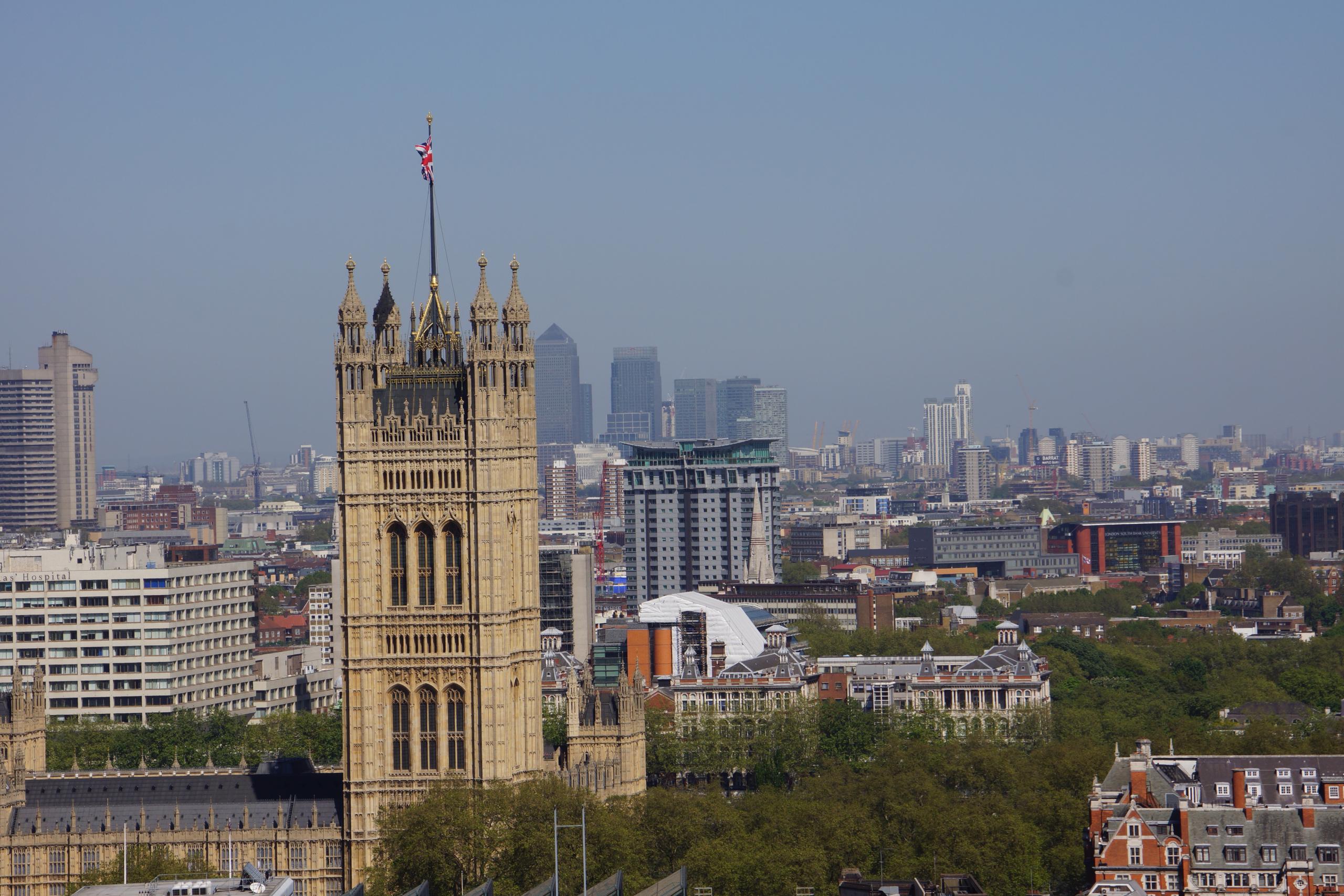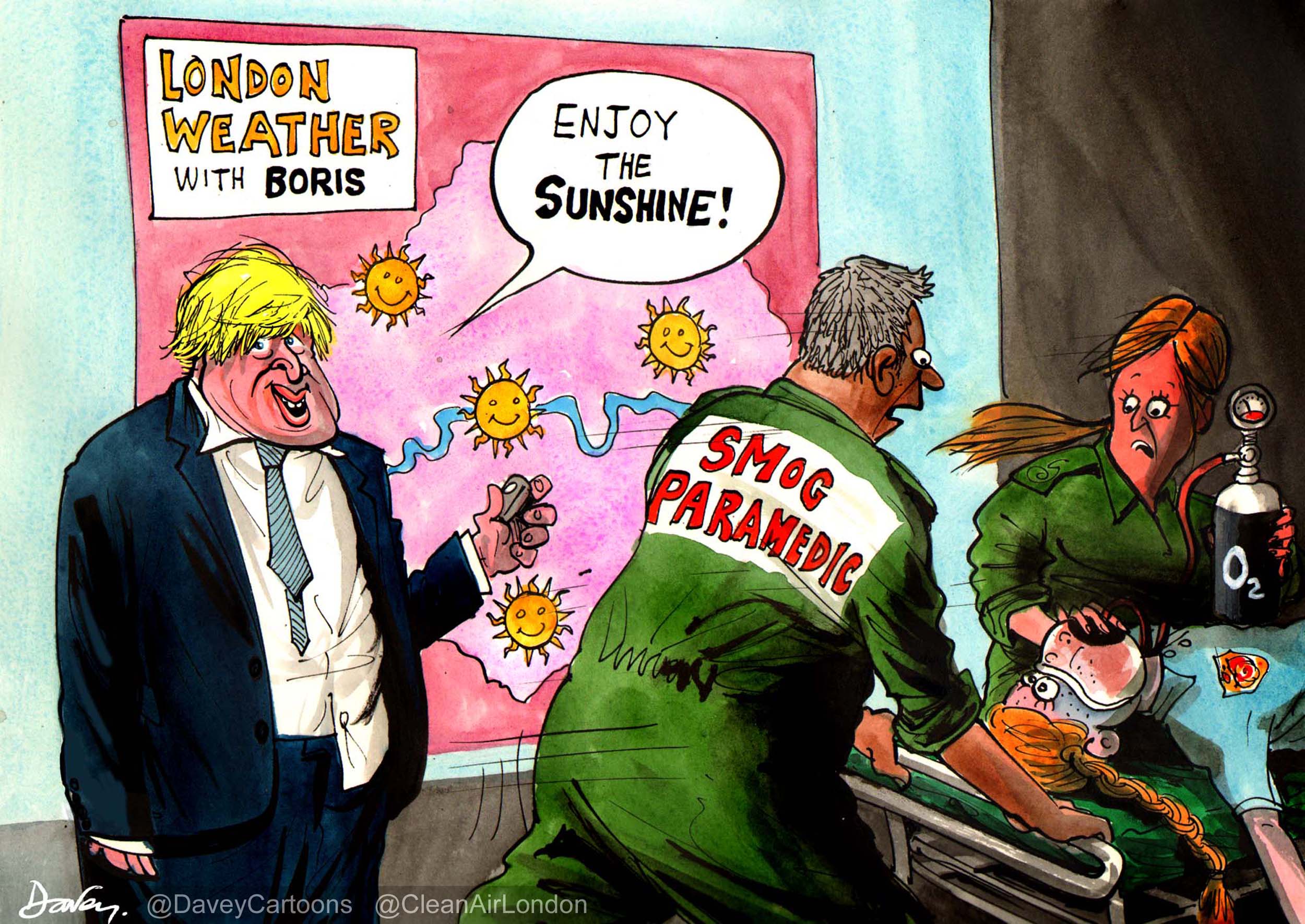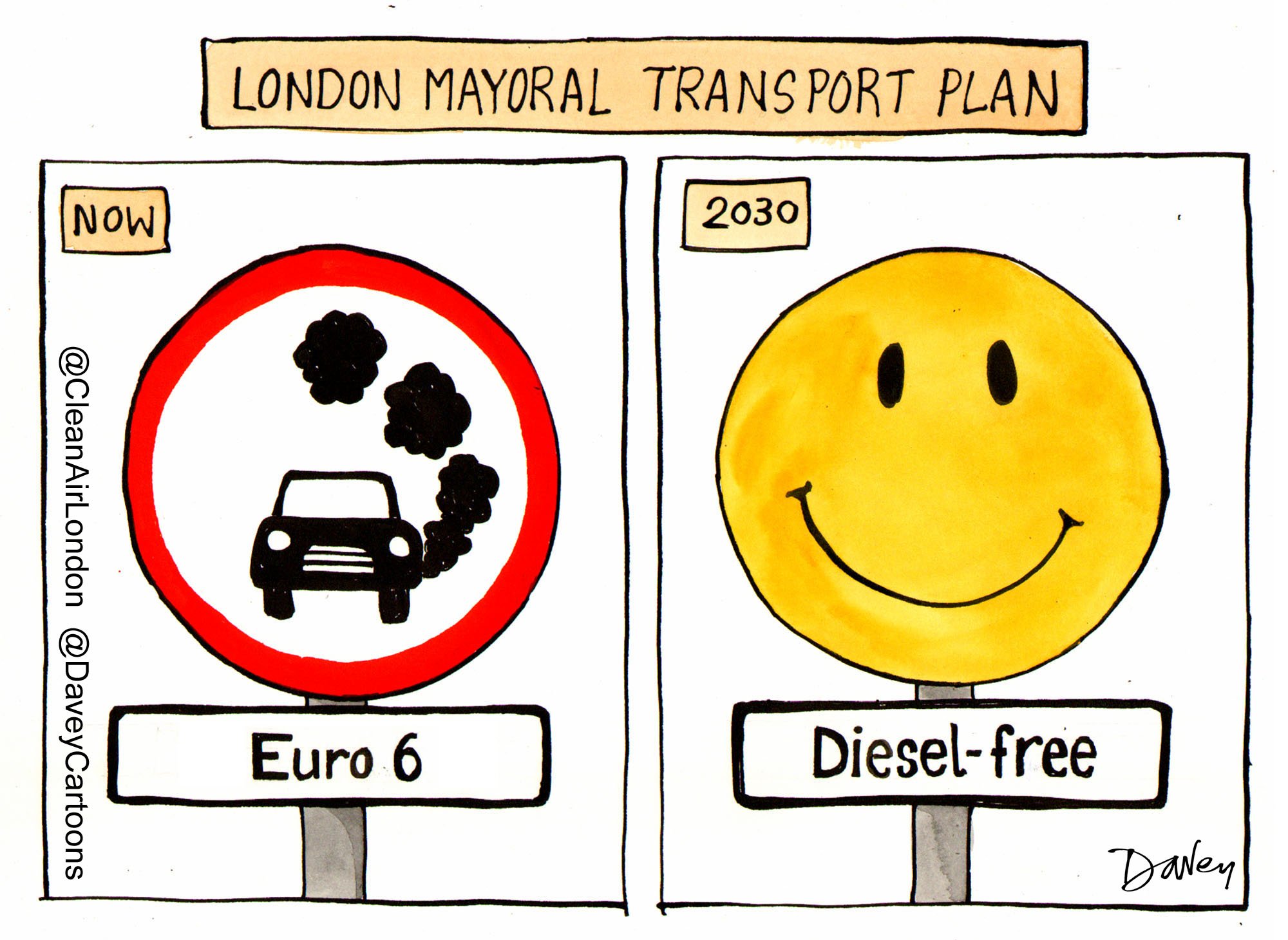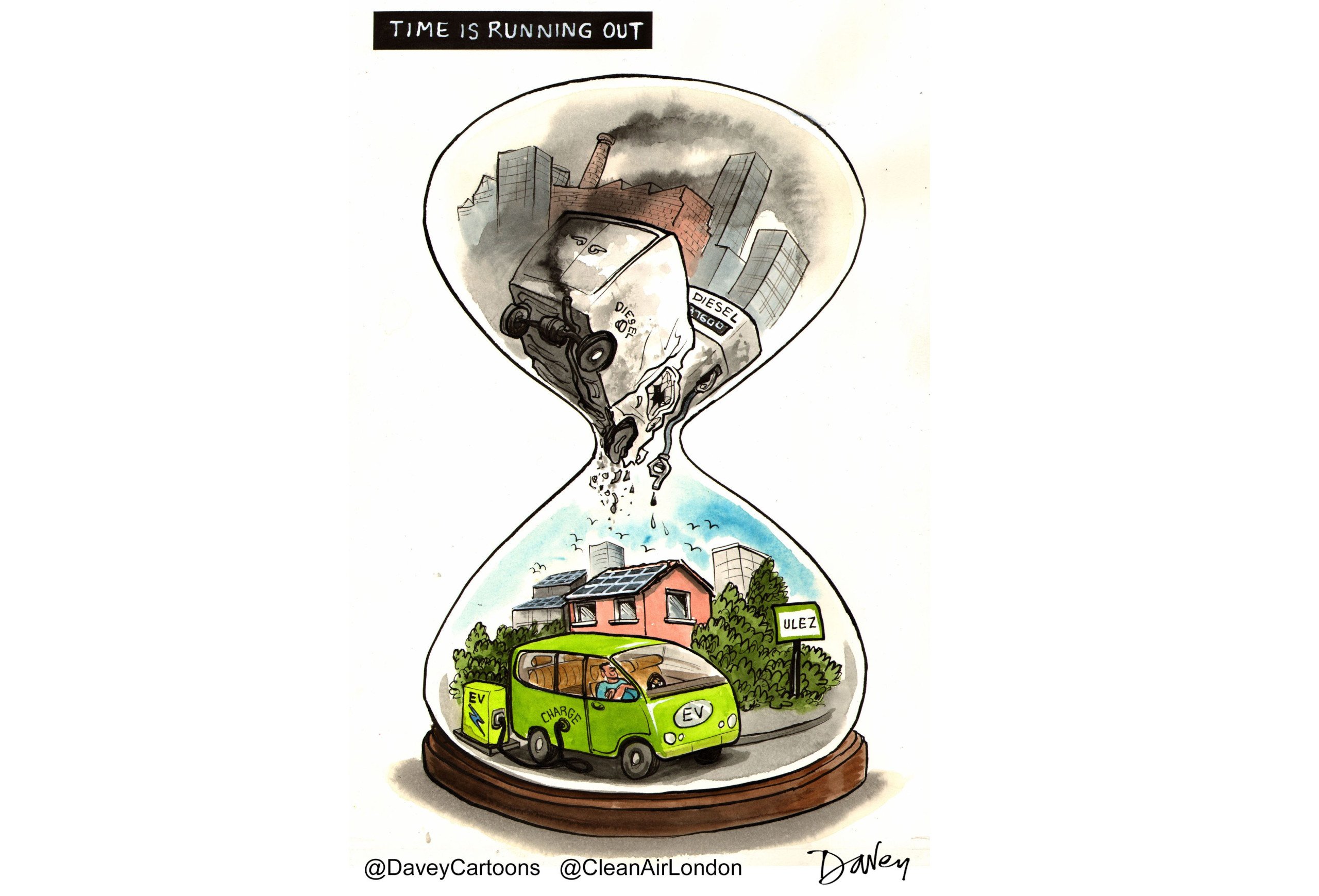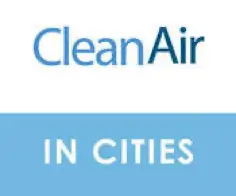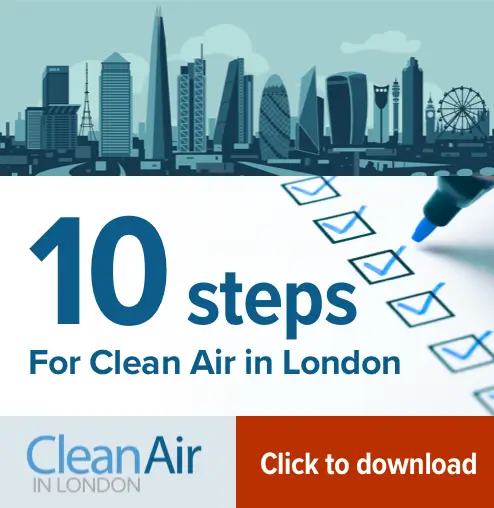Government Minister acknowledges, for the very first time, the possibility of 35,000 premature deaths in a year due to air pollution in the UK
‘Clean Air in London’ urges Environmental Audit Committee to support call for government apology after its failure to publish, or ‘covering-up’ of, an estimate for the number of premature deaths due to long-term exposure to dangerous airborne particles
Previous EAC oral evidence session confirmed ‘Clean Air in London’ estimate of 3,460 premature deaths (or up to 7,900) due to long-term exposure to dangerous airborne particles in London in 2005 and around 35,000 nationally
The cross-party Campaign for Clean Air in London (CCAL) congratulates Parliament’s powerful Environmental Audit Committee (EAC) again on the rapid progress of its hard hitting and effective inquiry into whether the UK has an effective strategy to comply with its air quality obligations. It is clear today the UK does not have such a strategy.
Environmental Audit Committee third and final oral evidence session
The EAC held its third and final oral evidence session today as part of its air quality inquiry. Those interviewed included:
Jim Fitzpatrick MP, Minister for Food, Farming and Environment;
- Daniel Instone, Deputy Director, Atmosphere and Local Environment Programme;
- Tim Williamson, Air Quality Science and Evidence Team; and
- Robert Vaughan, National and Local Air Quality Strategy, Department for Environment Food and Rural Affairs.
The webcast of the third oral evidence session can be seen at:
http://www.parliamentlive.tv/Main/Player.aspx?meetingId=5914
Questions on the health impact of poor air quality begin at 19 minutes, 25 seconds.
Quotes:
Simon Birkett, Founder of the Campaign for Clean Air in London (CCAL), said:
“Why has it taken direct questioning by the Environmental Audit Committee (EAC) to get a government Minister to refer, for the very first time, to the possibility of 35,000 premature deaths in the UK in a year due to air pollution?
“The highest government number we have heard before was ‘up to 24,000 deaths per year (nine times more than traffic fatalities)’ when the same Minister gave a speech on 17 September 2009. A Freedom of Information request by the Campaign for Clean Air in London confirmed the ‘up to 24,000’ number used in the speech last year was based on 1998 estimates for the health impact of air pollution (which themselves comprised 8,100 premature deaths due to short-term exposure to dangerous airborne particles; 3,500 due to sulphur dioxide; and between 700 and 12,500 due to ozone). It is clear the government knew as early as 2001 that long-term exposure to dangerous airborne particles was responsible for many times more premature deaths than short- term exposure.
“Under intense questioning as part of the same EAC inquiry two weeks ago, Professor Frank Kelly – one of the UK’s most respected health experts – confirmed the likelihood of around 35,000 premature deaths in the UK in 2005 due to long-term exposure to dangerous airborne particles. Professor Kelly mentioned also a European estimate of some 50,000 for such deaths for the UK. Even allowing for some overlap between the number of premature deaths due to short-term and long-term exposure, and perhaps between different types of pollutants, the EAC has finally unearthed the real impact of poor air quality in the UK.
“We should remember too that, even if the UK achieved clean air tomorrow, people would still continue to die prematurely due to their earlier exposure to dangerous airborne particles. Only over time, as a population generation lived its whole life free from air pollution, would people reach their full potential life expectancy.
“It is very odd the government has never published an estimate for the number of premature deaths due to long-term exposure to dangerous airborne particles in the UK. The government’s omission is particularly odd given the European Commission, the European Environment Agency, the US’s Environmental Protection Agency and the World Health Organisation have all published such numbers in recent years as part of their communications to warn the public about the dangers of air pollution.
“The Campaign for Clean Air in London is therefore repeating its call for the government to apologise for not warning the public, as it should have done, about the full extent of the health risks of poor air quality after its failure to publish, or its ‘covering-up’ of, an estimate for the number of premature deaths due to long-term exposure to dangerous airborne particles. The EAC may have uncovered, as CCAL predicted last December it would, one of the biggest public health failings by a government in modern history.”
Notes:
1. Environmental Audit Committee inquiry into air quality
The House of Commons Environmental Audit Committee (EAC) announced on 21 October 2009 its inquiry into Air Quality. The purpose of the inquiry is to assess whether the government is developing an effective strategy for meeting its obligations under the EU Air Quality Directives.
Further details of the EAC’s inquiry into air quality, including its Terms of Reference, Next Evidence Session and Written Evidence received can be found on its homepage. See:
http://www.publications.parliament.uk/pa/cm200910/cmselect/cmenvaud/229/22902.htm
Memoranda submitted to the EAC’s air quality inquiry are available at:
http://www.publications.parliament.uk/pa/cm200910/cmselect/cmenvaud/229/22902.htm#evidence
A transcript of the oral evidence session will be available (in due course) on the EAC’s Reports and Publications webpage.
2. National Audit Office report on air quality
As a prelude to that inquiry, the EAC asked the National Audit Office (NAO) to prepare an overview of the UK’s performance to date in meeting various targets and limits for each air pollutant. The NAO has published today its report on air quality. See:
http://www.nao.org.uk/publications/0910/eac_briefing_-_air_quality.aspx

